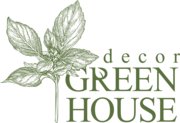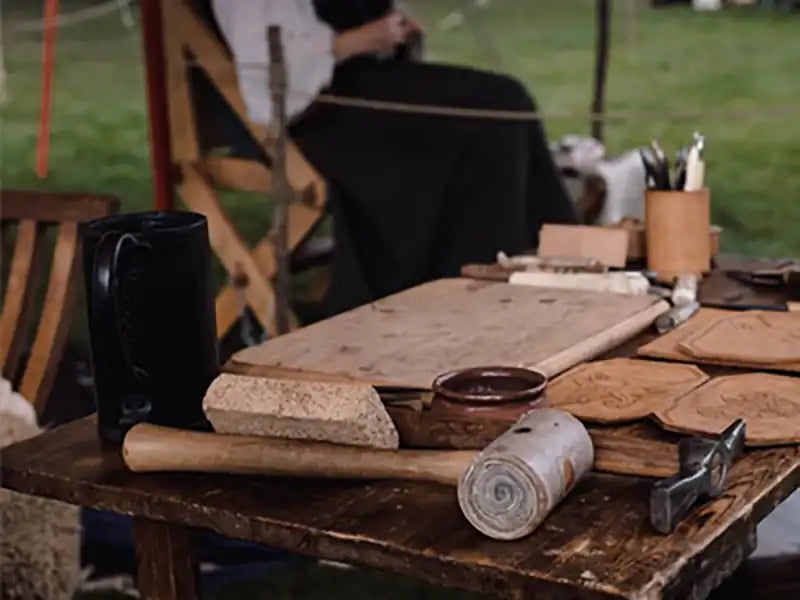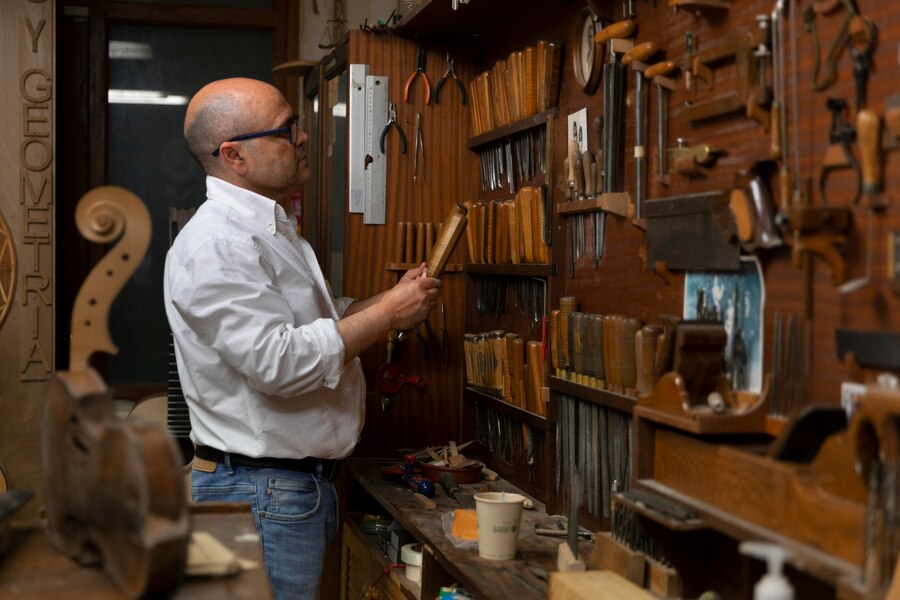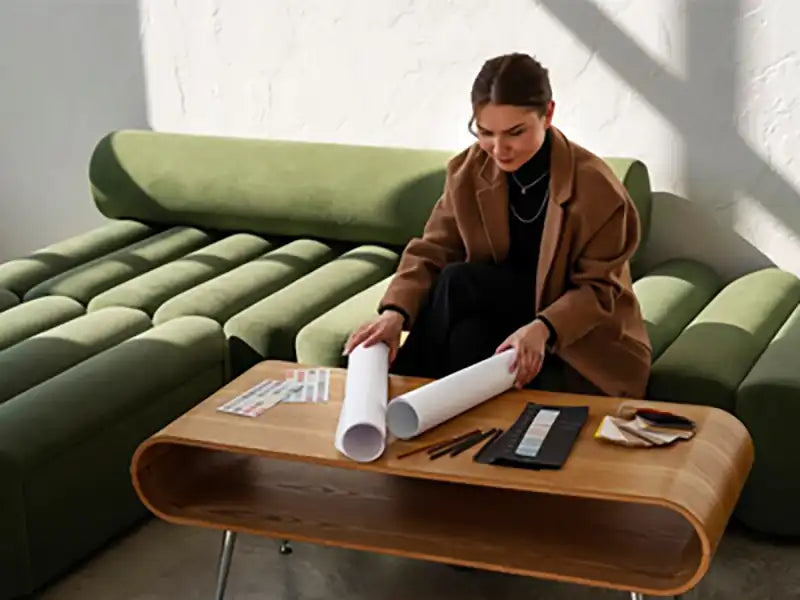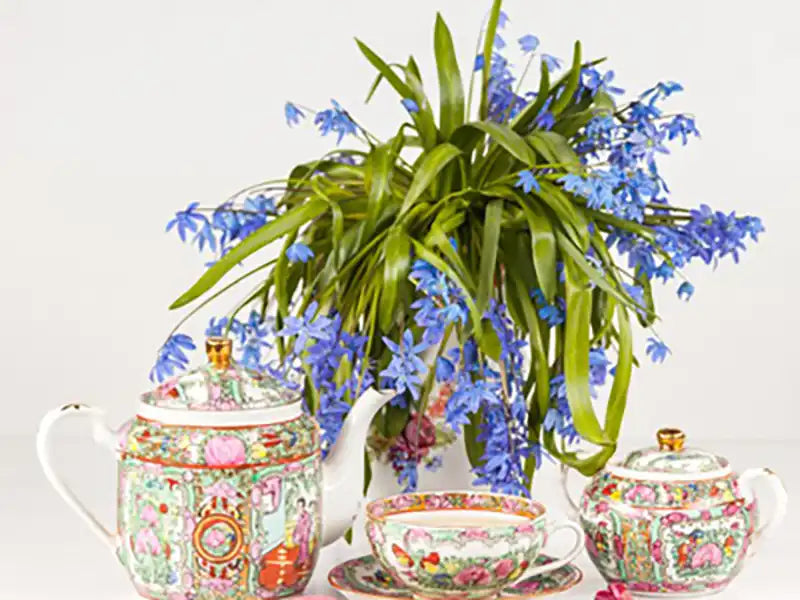You have probably seen plants that have grown on a wall, scaffolding, or other tree. These types of plants have the ability to cover a large area and can grow in a hanging position.
These plants that are widely used and popular in green space are climbing plants, climbing plants or ivy that have different types. In this article, we want to get acquainted with some types of plants that grow in the yard. Stay tuned with this fascinating article.
Yard creepers; What are plants?
Creeping plants, also known as ornamental twigs, are among the plants that often grow ascending, falling, or spreading. There are different types of climbing plants or twigs. Some of them are herbaceous and annual and some of them are shrubs and woods.
Some climbing plants naturally grow using sticky roots to the surface that is available to them, such as walls, columns, tree trunks, etc., and some of these plants do not have sticky roots and their growth is upward, but By guiding them, they can be placed on any surface or guardian and grow. These types of plants need guidance, which means that you must be careful not to attach them to the guardian as they grow taller.
Some of the climbing plants can be grown indoors and indoors, and others are for outdoor and outdoor spaces. In this article, we will introduce some climbing plants that are for the yard and outdoor space.
Yard creepers; Glue figs (Ficus pumila)
Ficus pamila, also known as sticky figs, climbing figs and sticky figs, is an evergreen creeper. Glue figs are a good choice for building facades. If you have a concrete or cement wall, glued figs can cover the surface of the wall well and you can have a beautiful green wall. It is better to choose walls that are shady but have enough light to plant glued figs. This yard creeper is one of those creepers that with its aerial root structure can easily adhere to surfaces.
Storage conditions of glued fig plant
- Irrigation: In spring and summer, soil moisture is maintained and reduced in winter
- Light: A bright environment away from direct sunlight
- Propagation: woody cuttings or dormant stems
- Soil: Forest soil or a mixture of leaf soil, ordinary soil and sand
Plants that grow in the yard; Parthenocissus
Clover is one of the climbing and sticky plants of the grape family, which is also known as Boston ivy, Japanese ivy and grape ivy. This plant, like glued figs, uses small branches to attach itself to the wall surface. If you plant this plant next to a high wall and it is guided on the wall from the beginning, you should not worry about it climbing because it sticks easily to the wall, but do not neglect pruning it.
One of the attractions of this type of creeping plant is its color change in autumn, this plant turns red in autumn and winter. Do not forget that the leaves of this plant are dangerous if eaten, so it is not suitable for use in spaces where children or animals live.
- Storage conditions of the sticky plant
- Irrigation: requires moderate irrigation.
- Light: Sun shade, direct light and too much is not suitable.
- Soil: Clay and sandy with balanced and neutral pH
- Temperature: It is resistant to low temperatures up to minus 10 degrees.
- Pruning: This plant should be pruned once a year.
Yard creepers; (Hedera helix)
Papital creeper or love plant is one of the attractive creepers that is often planted outdoors. Of course, there are different types of papilla plant, some of which can be planted in pots indoors or in patios or greenhouses, but provided that the light in the space is not low.
This creeping plant generally has two types, green and green. Capital needs a guardian and support. You have probably seen this type of creeper rise from the stem when planted next to a tree.
Conditions for the maintenance of the poppy creeper
- Appearance: This type of plant has green or elongated leaves and is cheap.
- Light: Full and indirect light / Ablaq varieties need more light.
- Temperature: 8 degrees in winter and 18 degrees Celsius in summer / spray in warmer weather than usual.
- Irrigation: twice a week in summer and once a week in winter
- Feeding: Water-soluble fertilizer every 2 weeks
- Soil: Lemon and peat compost soil
- Propagation: Stem cuttings in spring and summer
- Read this: Ivy plants, air purifiers and home decor
To learn more how to water different plants see here.
Nostalgia for old houses! (Lonicera caprifolium)
Lonicera caprifolium is an evergreen climbing shrub used to cover pavilions and wooden scaffolding. We have seen this plant growing in the yard in many old houses, the smell of its white flowers wafts through several alleys. For Lonicera caprifolium, you should consider a suitable guardian and guide it.


